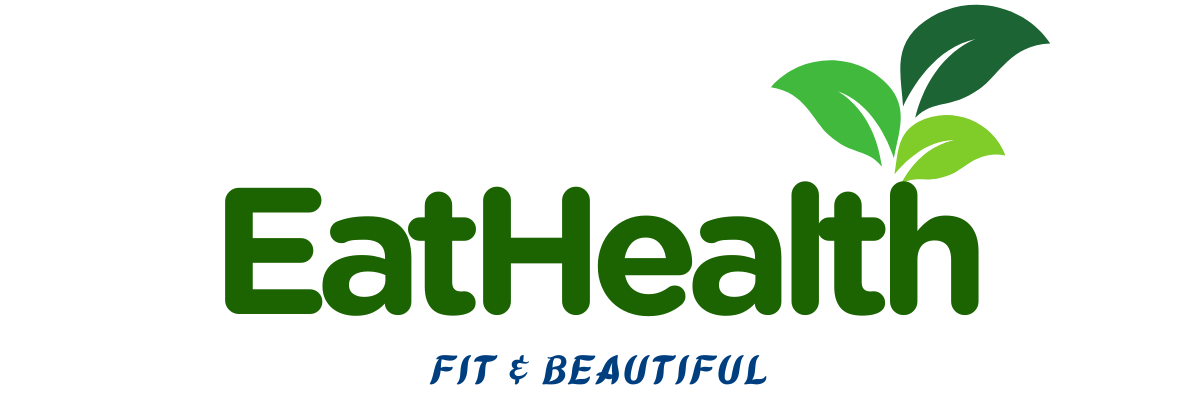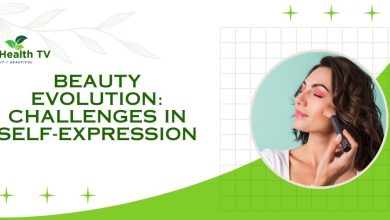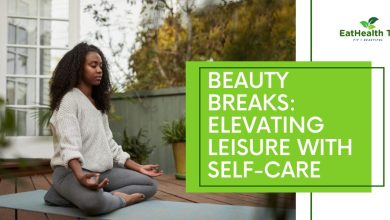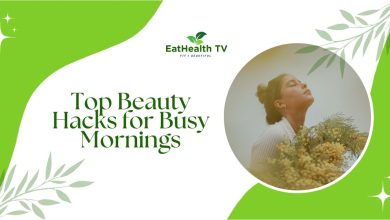How Do Hairstyles Affect Facial Beauty?
Hairstyles and Facial Beauty: The Impact of Hair on Your Look
Hairstyles can significantly impact facial beauty and how a person’s face is perceived. The right hairstyle can enhance facial features, complement the face shape, and draw attention to the person’s best attributes. On the other hand, an ill-suited hairstyle may detract from facial beauty and not flatter the person’s unique features.
Here are some ways in which hairstyles can affect facial beauty:
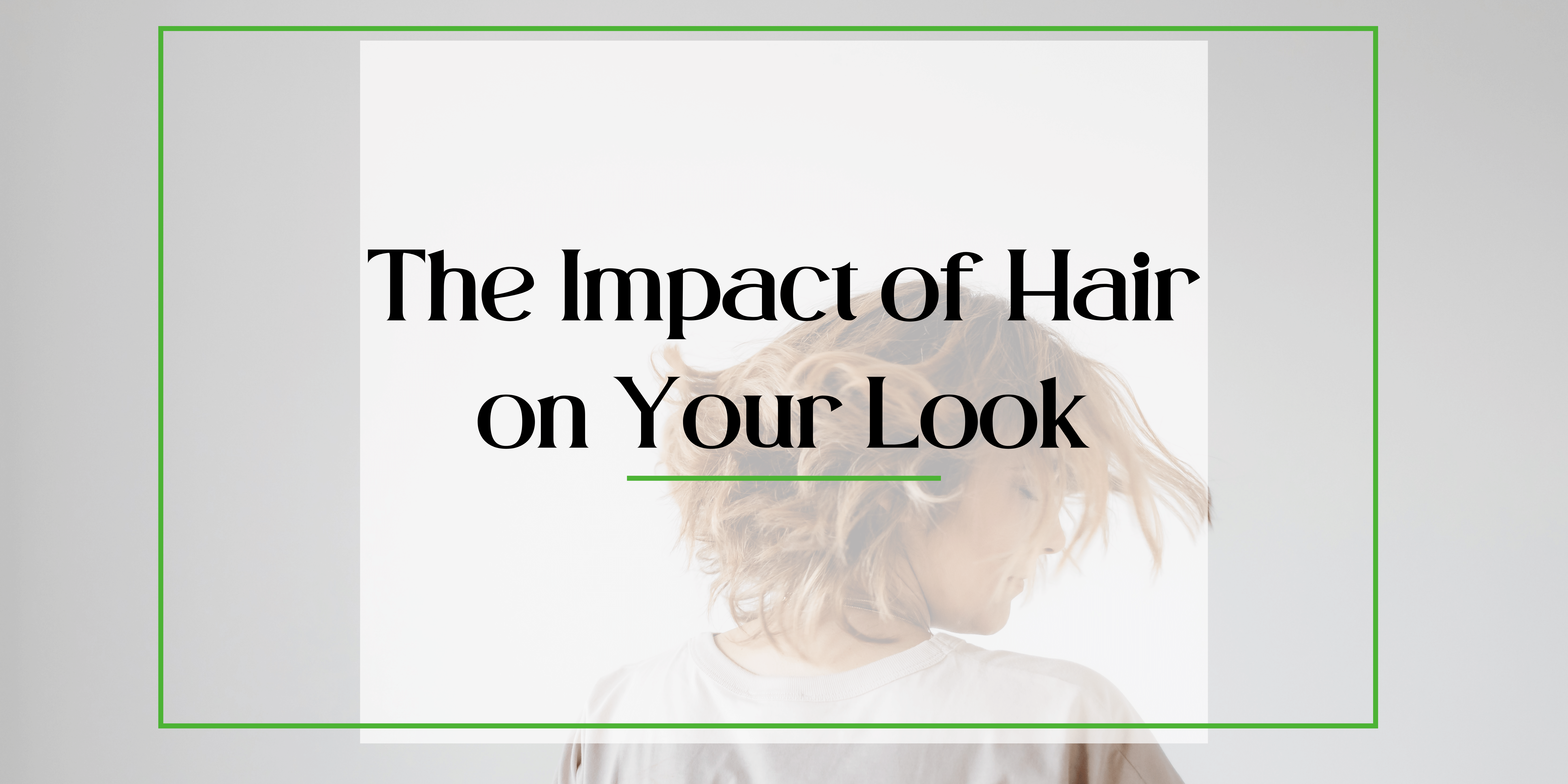
Understanding the Significance of Hairstyles
1. Face Shape: Different face shapes (e.g., round, oval, square, heart-shaped) suit different hairstyles. A well-chosen hairstyle can create the illusion of a more balanced or elongated face shape, enhancing facial harmony.
2. Balance and Proportion: Hairstyles that are balanced in volume and length can create an overall sense of proportion and harmony with the face. A well-proportioned hairstyle can draw attention to the eyes, cheekbones, and other attractive facial features.
Enhancing Facial Features with Well-Chosen Hairstyles
3. Framing the Face: Hairstyles that frame the face, such as bangs or layers, can draw attention to the eyes and cheekbones, making the face appear more alluring.
4. Softening Features: Certain hairstyles, like soft curls or wavy hair, can soften facial features, giving a more gentle and approachable appearance.
5. Youthfulness: Hairstyles that suit the person’s age and lifestyle can contribute to a youthful and vibrant look.
The Role of Hair Color in Facial Beauty
6. Confidence and Personality: A hairstyle that aligns with a person’s personality and style can boost their confidence, which in turn enhances their overall attractiveness.
7. Hair Color: The right hair color can complement the person’s skin tone and eye color, enhancing their facial beauty.
8. Emphasizing Strong Features: A well-chosen hairstyle can emphasize strong facial features, such as high cheekbones or a well-defined jawline.
9. Camouflaging Flaws: Hairstyles can help draw attention away from certain facial flaws or imperfections, such as scars or asymmetry.
10. Cultural and Social Perception: In different cultures and societies, certain hairstyles may be associated with beauty ideals, status, or social norms, which can influence perceptions of facial beauty.
It’s important to note that individual preferences and perceptions of beauty can vary widely. What one person finds attractive in a hairstyle may differ from another’s opinion. Moreover, beauty is subjective and goes beyond physical appearance; it also includes personality, confidence, and other personal traits.
Ultimately, the most flattering hairstyle is one that makes the person feel comfortable, confident, and happy, regardless of specific beauty standards. Consulting with a skilled hairstylist and experimenting with different styles can help individuals discover the hairstyle that best enhances their facial beauty and personal style.
